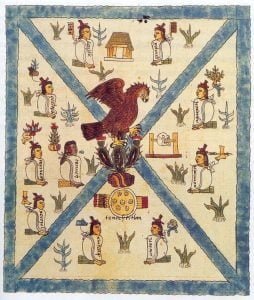Antiquities of Mexico
The Southwestern regions of North America present a most extensive and interesting field for antiquarian research. The long-continued existence of powerful, civilized, and populous races is fully proved by the occurrence of almost innumerable ruins and national relics. Even in the sixteenth century, the Spanish invaders found these regions in the possession of a highly prosperous and partially civilized people. Government and social institutions were upon that firm and well-defined basis which betokened long continuance and strong national sentiment. In many of the arts and sciences, the subjugated races were equal, and in others superior, to their Christian conquerors. Their … Read more


